Animal movement technologies have already significantly advanced our understanding of the natural world, from uncovering previously mysterious migration patterns and key movement corridors to demonstrating the impacts of anthropogenic pressures and climate change. Continuing advances in the development of technologies for collecting and transmitting bio-logging data, combined with the increased availability of high-resolution environmental data and analytical developments in movement modelling, are opening doors to novel applications. However, there are still major gaps in the space, including mobilizing movement data to translate data from tracking devices into insights for application in policy and practice. This group is a place for the animal movement community to connect and discuss our efforts to advance the field.
Resources for beginners
Learn about WILDLABS Animal Movement research projects
- MoveBON Initiative Announcement
- MoveBON Follow-Up Discussion
- Virtual Meetup Season 4: Tracking Progress (A WILDLABS research project on movement ecology)
Group curators
- @TaliaSpeaker
- | She/her
WILDLABS & World Wide Fund for Nature/ World Wildlife Fund (WWF)
I'm the WILDLABS Research Specialist at WWF-US



- 23 Resources
- 62 Discussions
- 25 Groups
- @lhughey
- | she/her
Smithsonian Conservation Biology Institute
I am an ecologist and program manager with experience leading collaborative research projects in international settings. I specialize in the application of animal tracking data to conserve migratory species on a changing planet.



- 6 Resources
- 10 Discussions
- 3 Groups
- @truphena_k
- | turu
GIS Technician.
- 0 Resources
- 6 Discussions
- 5 Groups
- @rosavespinoza
- | she/her
Amazon Scientist - National Geographic Explorer - Founder and Executive Director of Amazon Research Int

- 0 Resources
- 7 Discussions
- 3 Groups
- @antoniouzal
- | He, him
Associate Professor of Conservation Biology @ Nottingham Trent University (UK), involved in projects using GPS tracking, ecoacoustics, camera trapping and other awesome technology
- 0 Resources
- 0 Discussions
- 4 Groups
- @Ebennitt
- | She/her
Working primarily in Botswana and other southern African countries, on wild mammal movement, ecology and physiology
- 0 Resources
- 4 Discussions
- 5 Groups
- @sehuebner
- | she/her
Wildlife Ecologist and Program Manager at the Smithsonian Institution
- 0 Resources
- 3 Discussions
- 9 Groups
- @Ziggy
- | She/Her
Aquatic biologist focused on aquatic invasive species and freshwater pearly mussels
- 0 Resources
- 0 Discussions
- 4 Groups
- @steventay
- | TAY
Dynamique ET PROACTIF, JE SUIS PASSIONNÉ PAR LA PROTECTION DE L'ENVIRONNEMENT, LE TOURISME RESPONSABLE ET LA CONSERVATION DES ÉCOSYSTÈMES.
- 0 Resources
- 0 Discussions
- 8 Groups
- @diego_ellis_soto
- | he/him
University of California & California Academy of Sciences
Biodiversity |Technology | Socio-Ecological Systems | Wildlife Ecology | Remote Sensing | Conservation | K12STEM-education | Music | diegoellissoto.org
- 0 Resources
- 0 Discussions
- 20 Groups
- @Alawa
- | She/Her
Passionate wildlife and biodiversity conservationist
- 0 Resources
- 0 Discussions
- 24 Groups
- @CourtneyShuert
- | she/her
I am a behavioural ecologist and eco-physiologist interested in individual differences in marine mammals and other predators


- 0 Resources
- 7 Discussions
- 9 Groups
- @weygoldt
- | he/him
PhD student at the Neuroethology Group in Tuebingen interested in data science & quantitative behavior of electric fish.
- 0 Resources
- 0 Discussions
- 4 Groups
- @mattaudette
- | he, him, his
Software Tester and Test Automator at Wildlife Protection Solutions
- 0 Resources
- 1 Discussions
- 24 Groups
Link
I'm a software engineer/data scientist at Schäuffelhut Berger. We're developing Firetail a software for GPS and acceleration visualization and behavioral annotation. We have just launched our Firetail Fellowship...
19 January 2023
Are you stuck on an AI or ML challenge in your conservation work? Apply now for the chance to receive tailored expert advice from data scientists! Applications due 27th January 2023
18 January 2023
Discover how humans are working with animals – from dragonflies and ospreys to hedgehogs and jaguars – to improve our understanding of wildlife behaviour and numbers around the world, and how best to protect them.
16 January 2023
Here's a fascinating new case study on Ocean Tracking Network's work with underwater gliders to track tagged marine species like crabs. If you're interested in biologging, marine tech, or fisheries' tech usage, take a...
13 January 2023
WILDLABS and Fauna & Flora International are seeking an early career Vietnamese conservationist for 12-month paid internship position to grow and support the Southeast Asia regional community in our global...
11 January 2023
The University of Alaska Fairbanks is seeking a research Post Doctoral Fellow to work in collaboration with the Arctic National Wildlife Refuge, U.S. Fish and Wildlife Service. The position will focus on using Machine...
7 December 2022
First known baited underwater video match of an individual white shark, based on facial scars and other unique features White shark undertakes 1,100-mile (1800-km) transboundary swim from South Africa to Mozambique
25 October 2022
Careers
This position (at California State University, Long Beach) provides data management & analysis support to Shark Lab research operations including shark tagging, active tracking, receiver data, AUV & UAV data...
24 October 2022
*New closing date!* WILDLABS and Fauna & Flora International are seeking an early career conservationist for 12-month paid internship position to grow and support the Southeast Asia regional community in our global...
19 October 2022
"We develop the use of benthic species as animal oceanographers by combining archival (depth, temperature) data from animal-borne tags, passive acoustic telemetry & citizen-science mark-recapture records for the...
10 October 2022
Oregon State University researchers have developed a new satellite tag that allows them to better track whales’ behavior, including previously unobservable feeding events during dives.
4 October 2022
Link
Authors demonstrated "a low cost, simple method to support acoustic tag surveys by identifying tags both from direct acoustic recordings & by reconstructing code packets from processed C-POD data. Method was applied...
26 September 2022
July 2025
event
August 2025
event
October 2025
event
November 2025
December 2023
November 2023
91 Products
Recently updated products
| Description | Activity | Replies | Groups | Updated |
|---|---|---|---|---|
| Hi Vivian,Thank you so much for your reply! I appreciate the pointers on species mixing, to clarify: I have been experimenting with deer data, but for once the project is underway... |
|
Animal Movement | 23 hours 39 minutes ago | |
| Hi Ethan, It's indeed a competitive area. My advice for you (and anybody else seeking a PhD supervisor)...Do background research on each individual potential supervisor and always... |
|
Early Career, AI for Conservation, Animal Movement, Climate Change | 4 days 9 hours ago | |
| Hi Thomas, Thanks for your input. It is helpful to get that sort of info as I am not so familiar with the topic and just starting to understand the vast array of tagging... |
|
Animal Movement | 1 day 19 hours ago | |
| We are please to inform that we have implemented the point 1 and 4 and with this have finalized the project. The latest improvements:Improvement in findability of help... |
|
Animal Movement, Data management and processing tools, Software Development | 6 days 22 hours ago | |
| Hello everyone!My collaborators and I are trying to assess the extent to which animal movement ecology is currently being integrated into... |
|
Animal Movement | 1 week 3 days ago | |
| Wonderful video! Really impressive :) |
|
Animal Movement, Human-Wildlife Conflict, Latin America Community | 3 months 2 weeks ago | |
| My name is Frank Short and I am a PhD Candidate at Boston University in Biological Anthropology. I am currently doing fieldwork in Indonesia using machine-learning powered passive... |
|
Acoustics, AI for Conservation, Animal Movement, Data management and processing tools, Early Career, Emerging Tech, Ethics of Conservation Tech, Protected Area Management Tools, Software Development | 2 weeks 1 day ago | |
| Thanks Phil - I have e-mailed you.Peter |
|
Animal Movement, Sensors | 3 weeks 1 day ago | |
| Hi, we've gotten more than 20 replies until now so thank you if you took the time to answer.And we would really appreciate if you could spare a few minutes to answer if you haven'... |
|
Emerging Tech, Animal Movement, Build Your Own Data Logger Community | 1 month 1 week ago | |
| Reopenning this discussion again in case there is some news! |
+25
|
Animal Movement | 1 month 3 weeks ago | |
| Good morning JocelynThank you very much for your comment, this is proving to be very useful advice and thank you so much for setting me on the right path!! This is very exciting!!... |
|
Animal Movement, Citizen Science, Human-Wildlife Conflict, Marine Conservation, Drones, Community Base, Geospatial | 1 month 4 weeks ago | |
| Hi Nikita, If you haven't already, I'd recommend reaching out to the folks at the Cornell Ornithology lab. They're really glued into all things bird. In particular, I... |
|
Animal Movement, Drones, Emerging Tech, Human-Wildlife Conflict | 2 months ago |
Tech Tutors: How do I choose the right tech for my bird monitoring project?
18 January 2021 3:56pm
Internship opportunities for PhD students
12 January 2021 4:12pm
Workshop: Analyses of acoustic telemetry data with R
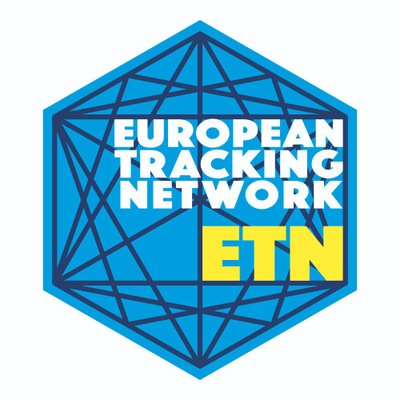 European Tracking Network
European Tracking Network
15 January 2021 12:00am
How do I choose the right tech for my bird monitoring project?
11 January 2021 12:00am
Has anyone used CVEDIA'S ARTEMIS before?
5 January 2021 5:45pm
Sustainable Fishing Challenges: Fish Catch Monitoring
4 December 2020 12:00am
Event: Wildlife Drones at ESA20
 Wildlife Drones
Wildlife Drones
30 November 2020 12:00am
Making the Most of Tech Tutors Season 2!
30 November 2020 12:00am
Introducing the Arctic Animal Movement Archive
17 November 2020 12:00am
Weekly Event: OTN Virtual Study Hall
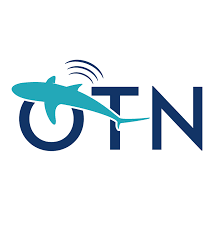 Ocean Tracking Network
Ocean Tracking Network
16 November 2020 12:00am
California Condor Conservation - Tech & Resources
18 May 2020 6:44pm
4 September 2020 1:07am
Hi Akiba,
Oh that is amazing, thank you! I'll get in touch with them and let them know! A few of them are members here on WILDLABS already, so I'll see if they've got a wishlist to post for anyone who might like to help out.
12 November 2020 5:55pm
Hi all,
Just wanted to share some info about VWS's virtual chat series, if you're interesting in hearing the latest condor news about wildfire recovery efforts, how the fires impacted their camera systems, tracking, etc., and about the condor chicks who were rescued from the fires.
The next chat is on November 19th at 4 PM PST, and you can register here. They also have an archive of past recorded chats, including a very cool #tech4wildlife one on condor photography!
-Ellie
12 November 2020 7:18pm
Thanks Ellie - I signed up : )
Hackathon Opportunity: Vaquita Hacks
10 November 2020 12:00am
Drop off pods on collars
7 September 2020 1:41pm
29 September 2020 11:03pm
Thanks for the details Thomas. I am fairly happy with the nichrome release mechanism we use, but it's always good to have alternatives, and the explosive approach could be much more useful for others. Appreciate all the information.
Cheers,
Rob
30 September 2020 8:02pm
Yup - my pleasure.
1 October 2020 6:44pm
Thanks Thomas. The option of desertstar seems strong, and it needs to be strong for the animals I work with (large carnivores). Indeed the pod would need to be designed to fit the collar type, but that's not impossible.
Tech Tutors: How do I use a drone to capture radio-tracking data?
5 August 2020 8:22pm
6 August 2020 7:26pm
Hi Wildlabbers,
What a great episode and Q&A!! We had SO many questions for Debbie that we couldn't get to all of them during the stream. If you have follow-up questions about tracking wildlife with drones, be sure to ask them here and we'll pass them along to Debbie. You can also see all of the questions from the session here in our collaborative document, which also has resources and a log of the chat!
We'll be posting the full tutorial and Q&A video here tomorrow, so if you missed the episode, you'll be able to catch up soon.
Thanks to everyone who came to this episode, and we hope to see you again next week!
-Ellie
17 September 2020 12:27am
Hi all,
Firstly, I'd just like to say a big thank you to everyone who attended my Tech Tutors presentation last month. And secondly, thank you for your patience in allowing me to respond to your questions. If you have any further questions, please feel free to post them on the forum here or email me (debbie@wildlifedrones.net). I would love to hear from you!
Cheers,
Debbie
Tech Tutors Q&A:
Carlos: I have one single question today: is Debbie or someone using fully autonomous drones in their projects? No human control ever? Here, they are banned, even in non-populated areas.
Debbie: Our first research prototypes were autonomous (Cliff et al. 2015; 2018), however it had to be able to be controlled manually if needed to comply with flight regulations.
However, the autonomous nature of that prototype meant that it wasn’t able to be readily adapted for use on a diversity of drone platforms as more advanced systems became available, and also recognised that wildlife researcher’s primary need was for a tracking system in the air rather than a robotic tracking system. However, one day we hope to again be able to integrate our system into large-scale fully autonomous monitoring programs. With our current system, once you are provided with bearings to all tags within range you can begin to make decisions about where the next best place to go is to get the most effective intersecting bearing lines.
Cliff, O. Saunders, D. and Fitch, R. (2018) Robotic Ecology: Tracking Small Dynamic Animals with an Autonomous Aerial Vehicle. Science Robotics Vol. 3, Issue 23, eaat8409.
Cliff, O., Fitch, R., Sukkarieh, S., Saunders, D.L. and Heinsohn, R. (2015). Online localisation of radio-tagged wildlife with an autonomous aerial robot system. Proceedings of Robotics: Science and Systems 2015, Rome, Italy, July.
Sol Milne: Amazing work! Has this worked for small, below skin tracking tags?
Debbie: Our system can track any very-high frequency (VHF) radio-tag from any tag manufacturer globally. This includes VHF-tags that are designed to be inserted under the animal’s skin. We have tested Giant Armadillo implant tags previously and have even been able to detect them from when they were 3 metres underground in a burrow (although they are actually pretty big tags!). The effect of having an implanted tag is the same for both drone and manual tracking – with no whip antenna the detection distance is shorter but it can typically still be detected.
Julian Dale: Can you provide a cost for your system? We are developing a system for a longer endurance fixed wing aircraft VTOL (2-4hr endurance) to cover large areas and with full autonomy. I would be interested to chat more about a collaboration if you are interested?
Debbie: Absolutely interested Julian! We definitely have both a fixed wing VTOL and full autonomy on our roadmap – it’s just a matter of getting to it. Please do get in touch (info@wildlifedrones.net) to discuss further and we can also give you some specific pricing for your project needs.
Julian Dale: Would it be possible to combine two antenna and SDR's to cover a wider swath on a fixed wing?
Debbie: This certainly may be possible, but it would need to be thoroughly tested with both the pros & cons considered, such as extra complexity in the code, extra hardware housing and integration etc.
Paul: Q about RF (RT?)- have you looked into using Bluetooth Low Energy or LoRa instead of VHF? Bluetooth or Lora Gateway on the drone would look for signals, vast amount lighter - but not sure about range, hence my question, thank you all the same.
Debbie: When developing our system we decided that rather than trying to invent a new type of miniature tag which has it’s own inherent challenges, we wanted to develop a better way to detect and track VHF tags that are already used all around the world. Having said this, we have explored various alternatives in terms of communications and data transfer such as LoRa but found our setup to perform more reliably and to have much greater communication ranges (tested for real time data feeds out to 2.5km currently).
Arky: Wonder if this system could be adapted for fixed wing drones / Vertical take-off and land (VTOL) systems that could be useful in some use-cases.
Debbie: Yes, it can be. We are currently in the process of exploring the best way for our system to be adapted onto a fixed-wing drone platform and it is a key part of our development roadmap. We can see many advantages and applications for using fixed-wing drones – especially as they are typically able to search much larger areas!
Rob: Hi Debbie, this system is amazing! I am so with Steph (what I could've done with this 10 or 15 years ago)! I was wondering, can your system work with SensorGnome-style coded VHF tags?
Debbie: The key issue with tracking coded tags using our system is that they are all on the same frequency. Our system works by finding the maximum signal for each unique frequency so having lots of tags in all different directions but with the same frequency wouldn’t work. Having said this, I have wondered whether we would be able to ramp up the interrogation of coded tag signals, detect them all and decode them on the fly so that they can be located. But I’m sure my tech team would roll their eyes at me over that one since I am sure it would quite challenging to do. But if you have any good ideas on how this may be achieved we’d be happy to give it a shot!
Sophie: Provided an Argos goniometer on board the drone, you could detect the animal equipped with an Argos tag as well?
Debbie: I’m not sure exactly what signals the goniometer is detecting, however if the Argos tag (or any other tag) includes a standard VHF radio signal as a back up option in case the tag fails then we can track it with our system regardless of who the tag manufacturer is. This may not work if they don’t use VHF radio-signals.
Sophie: Do you have a system to recover the drone in case of loss?
Debbie: If you wanted to put a radio-tag on your drone as well as on your animals, then our system could certainly track them both as long as they are within the detection range of the tag. The detection range varies depending on size, with small tags having shorter detection distances.
Pascal: Have you tried/considered using an automatic direction finder system (which can 'virtually rotate' its beam direction using a phased array of multiple antennas)? And/or continuously recording the received radio signal for (additional) later offline analysis?
Debbie: Yes indeed, we have considered and explored both of these options. The use of a phase array creates many interesting hardware and software challenges when considering a lightweight, robust system that can be used on a drone, and although there could certainly be benefits in such a system we found that the costs generally outweighed the benefits. In terms of collecting data and processing it later, this is currently possible as well as real time data collection. However one of the key advantages of our current system is that you are not “flying blind” since you can see exactly what signals you are/aren’t picking up and their directions which means that your data collection is much more targeted and effective.
Melissa: How does the drone work in high wind? What is the max wind speed you can fly it in? Also, what was the updated the flight time after your initial troubleshooting (if it got better than 10 minutes)?
Debbie: The system can work in high wind but the error margins around estimated locations will be larger due to the buffeting effect of the wind on the magnetometer which provides the bearings. If all you want to see is that you can detect your animals wind wouldn’t matter too much, but if you are aiming to get accurate locations you will find they will have larger errors than if you flew in calmer conditions. If it is really windy and the drone is working really hard to maintain it’s location you will also notice that it can tilt quite a lot and so in this case the antenna may be pointing at the sky instead of across the landscape and so would be less likely to detect tags. It’s always a good idea to fly within the recommended wind speed rating of your drone (from memory the DJI Matrice 210 recommended max wind speed is 10 m/s.
Julian: Can you tune your system to cope with radio interference from different aircraft? [ STEPH: is this duke julian? If so - we might hold this question]
Debbie: Not exactly sure what interference from different aircraft you are referring to sorry, but dealing with radio-interference is certainly one of the greatest challenges when listening for low powered tags in our noisy radio world! However, we do have a nice combination of hardware and software that enable us to eliminate or manage a range of different potential interferers both within and outside of the target frequency bands.
Liam: You mentioned earlier that you were interested in the migration routes of the parrots - have you tested the use of your system for migration pathways in any other species? And how do you work with the battery limitations?
Debbie: We haven’t had the opportunity to use our system to understand the full migratory pathways of swift parrots yet since we are currently unable to use long-term attachments on this species so we have had to focus on tracking them within their winter range instead – but we’re super keen to get there one day! We haven’t tested it along migration pathways as such, but rather we have tracked other migratory species within their winter foraging range. Would be great fun to try tracking along an entire migratory path though!
Miguel: Drones are usually very noisy. Don't animals run away when they hear the drone? Or does it fly high enough that it doesn't disturb the animals? How high can it fly while being able to get the data?
Debbie: Radio-tracking from a drone is less disruptive to most species compared to manually radio-tracking on foot, or using other drone sensors like visual or thermal cameras. This is because our system doesn’t require you to fly directly above or in close proximity of the animals you are tracking in order to get their location. Our system detects signals from distance, determines bearings and then triangulates the animal’s location. Filghts are generally limited to below 120m however we typically fly at around 40m or so depending on the height of the vegetation (at least this is the specific regulation height in Australia).
Isla Duporge: Thanks Ellie, I was just wondering how many have been made, cost of hiring and whether there is the intention to be able to sell them to researchers.
Debbie: So far we have made 30 of these systems and we are happy to provide you with specific costing details for your project if you would like to get in touch (info@wildlifedrones.net ). They are only available for hire, not to buy, but unlike most equipment hire arrangements, we provide full technical support for you and your team should you need any help or guidance. Also, given the tech is advancing all the time, if you have a long term project we will upgrade your system each year with the latest model!
Phoebe Griffith: Similar question to above, I was wondering if they might be possible to purchase (rather than hire) for long term tracking projects (we track animals for 2+ years), and if so what the approx costs are?
Debbie:
Same response as above:
We are happy to provide you with specific costing details for your project if you would like to get in touch (info@wildlifedrones.net ). They are only available for hire, not to buy, but unlike most equipment hire arrangements, we provide full technical support for you and your team should you need any help or guidance. Also, given the tech is advancing all the time, if you have a long term project we will upgrade your system each year with the latest model!
Rob: Have you had a chance to look at using tags/untagged animals for abundance (e.g. koalas) or survival studies, as your drones can cover so much area
Debbie: Yes, so we are currently in the process of using both thermal and radio-tracking drone technology to find both tagged and untagged animals at the same site. We recognise that not all animals can be tagged and have found that thermal technology can help fill that gap. The great thing about drones is that they are capable of carrying multiple sensors, allowing you to collect a diverse range of data.
Sean: Are you using an "off the shelf" flight platform or is it bespoke?
Debbie: Our system is able to be mounted onto off-the-shelf drone platforms that can carry a 1kg payload, such as the DJI Matrice 210 and similar models.
Carly: Also, this might be a stupid question, but can these things go up at night? E.g. tracking nocturnal animals.
Debbie: No such thing as a stupid question! They are all good! Drones can certainly be flown at night to track nocturnal animals. However, it should be noted that in most places, you’ll need to be a licensed drone pilot and have special authorisation to fly at night. We recommend that you check your local area’s drone rules and regulations for more information on this before you fly.
Icarus Starts First Global Research Project
15 September 2020 12:00am
Meet the Scientists of Black Mammalogists Week!
10 September 2020 12:00am
Tech Tutors: Review Session
3 September 2020 12:00am
Satellite tags for marine turtle recommendations
20 September 2016 4:21pm
6 August 2020 1:11pm
Hi @aponzo
Many thanks for getting in touch. One of the key uses of the Developer's Kit is to develop Argos tags for sea turtle conservation and general Argos-enabled biologgers.
The kits all sold out within about 2 weeks after pre-order sales, however we are moving forward and manufacturing another larger batch.
To form a tag the encapsulation and physical enclosure design itself is quite important so it would be good to start to share designs here too and help to achieve the quality needed (salt water switch position, antenna orientiation and type etc) so if you are interested I'd be happy to start that process, maybe via Slack or Discord.
Kind regards,
Alasdair
7 August 2020 9:07am
Hi @Alasdair
Thanks a million.
It'll be great to give a look at your casing and design and see what material I can get over here, and agree it will be great to see how different people are integrating Horizon.
Just wondering if through the Arribada project directly or Groupget you will be able eventually to send out final products?
I saw the photos of some of the PitStop Turtle Tags case and they look great.
I will drop you an email as interested in the acoustic tag applicator for the sharks and the Pitstop tag.
Thanks again
Ale
26 August 2020 12:18pm
Hi @aponzo
Take a look at the Woods Hole Group newsletter this month. They are giving away some Developer Kits - https://mailchi.mp/1e130f609ed2/august2020?fbclid=IwAR1JqkGNBYDnYvsVgWx2A2ciMcrzzRMtG7ZMsiQvnLqYYF55W2PWJAiwClk
"The goal of the project is to have a database of open-sourced Argos tags accessible for all existing and new users. To get there, we will award grants to those interested in developing on the open-source platform. "
You may want to register your interest if you're wanting to do the same.
All the best,
Alasdair
Argos Satellite Tag Open-Source Grant
17 August 2020 12:00am
ElephantEdge -Building the World’s Most Advanced Elephant Tracker
12 August 2020 2:07pm
14 August 2020 9:45am
Hi everyone,
If you want to find out more, join Adam Benzion, co-founder of Hackster.io, @Tim+van+Dam , co-founder of Smart Parks, @smaston Founder of Project 15 at Microsoft, and Rex St John from Arm today 9am PST for a livestream to talk about the #ElephantEdge Hackathon.
They'll be talking about how this collaboration came to be, how to get involved, and how developers and makers can get involved to unlock challenges facing our Earth and help the scientific community advance in their projects by contributing our technology skills to these efforts.
Join here: https://www.youtube.com/watch?v=5dOaHrtlMec
Steph
14 August 2020 7:30pm
Hi Everyone, I'm Anthony Lindley, a PhD candidate at the University of Southampton. I mainly work with computer vision but would like to branch out and try other ML applications.
I love elephants and having only recently got to grips with the scale of the threat to their existance, feel very strongly about this competition! I'm really keen to meet other people who'd potentially be up for collaborating with me or forming a team. Please contact me on twitter at @ajwl27 and we can come up with a plan!
Really looking forward to the solutions everyone comes up with here and of course, I hope that this actually makes an impact in the wild and helps protect these beautiful animals.
The COVID-19 Bio-Logging Initiative - request for datasets
14 August 2020 4:04pm
Tracking via Starlink
11 August 2020 6:18am
11 August 2020 9:39am
It sounds interesting. I've been trying to find coverage maps for Starlink but so far, I haven't found any actual coverage maps. I seem to just find "planned" coverage maps. It's hard to see how these would get used for wildlife tracking at this moment. The initial devices will use an antenna that's 0.5 meters in diameter which for me, would be approximately from the base of my foot to my knee.
I think power consumption and coverage will also be main factors if the system gets used. Based on other satellite communications designs, the system would have to be pretty large by animal tag standards, even without the antenna, due to the batteries required to handle the maximal current. It would be interesting to test out some modules for this technology, though.
FYI for whoever's interested, you can sign up to be a potential beta user. More info here.
Akiba
14 August 2020 12:15pm
This is something I was thinking about recently as well. It is my understanding that the reciever antennas are fairly large. I think, however, there will be some very interesting things that can be done with starlink. If you could do your tracking with some type of antenna network and send the data to the reciever then star link gives you a high speed connection with which you could do near real time data processing.
14 August 2020 1:12pm
Hi all,
Starlink is Ku and Ka-band as they are targetting broadband, so you're looking at similar large(ish) transmit / receive dishes as traditonal VSAT, and they will POE-based so lots of power required for the links. Kineis (Argos), Lacuna, Iridium and ICARUS are the main contenders in my eyes over the next 5+ years.
Challenge: ElephantEdge
11 August 2020 12:00am
Introducing the Terrapin Tracker project
6 August 2020 7:35pm
Sustainable Fishing Challenges: Fishing Vessels of the Future
4 August 2020 12:00am
Event: StreamingScience's #Tech4Wildlife Thursdays
 StreamingScience
StreamingScience
3 August 2020 12:00am
Tracking Wild Reptiles, Amphibians, And Their Temperatures
31 July 2020 12:00am
15 September 2023 11:02pm
16 October 2023 4:07pm
How do I use a drone to capture radio-tracking data?
27 July 2020 12:00am
Mataki tracking tags—what's your experience?
24 November 2015 6:22pm
17 July 2020 5:23pm
Hi Joaquin,
The first versions of Mataki tags were open-source and the PCB build information was available online. However the components for this version are obsolete and, if you can get them, are very expensive.
The latest versions of Mataki and the new Mataki-Lite are available commercially from my company and all the information is available at debuginnovations.com/Mataki. My contact information is on the website if you have any questions.
Regards,
Dave
17 July 2020 7:47pm
Hi Dave.
Thanks for your answer.
I saw the Debug Innovations website, the Mataki Little is very interesting.
Either way I am looking for open-source to be able to make our own transmitters because buying electronic devices abroad is very complicated and expensive for us.
Regards,
Joaquín
18 July 2020 11:18am
Hi Joaquin,
If you email me, we can have a discussion of what exactly you need and how we can help.
Dave
Kākāpō Dreaming: A Wildlife Drones Adventure
8 July 2020 12:00am







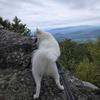

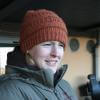


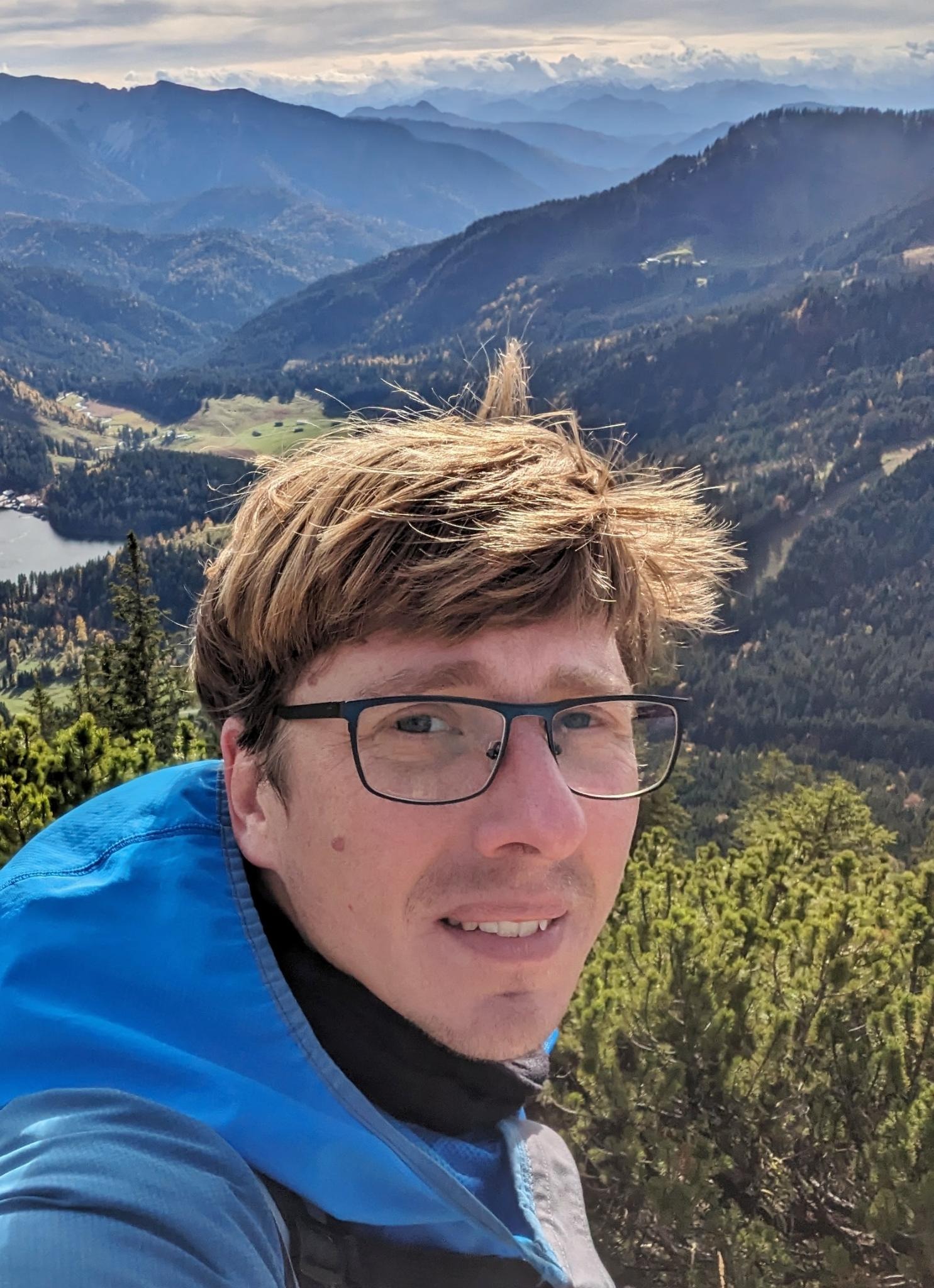



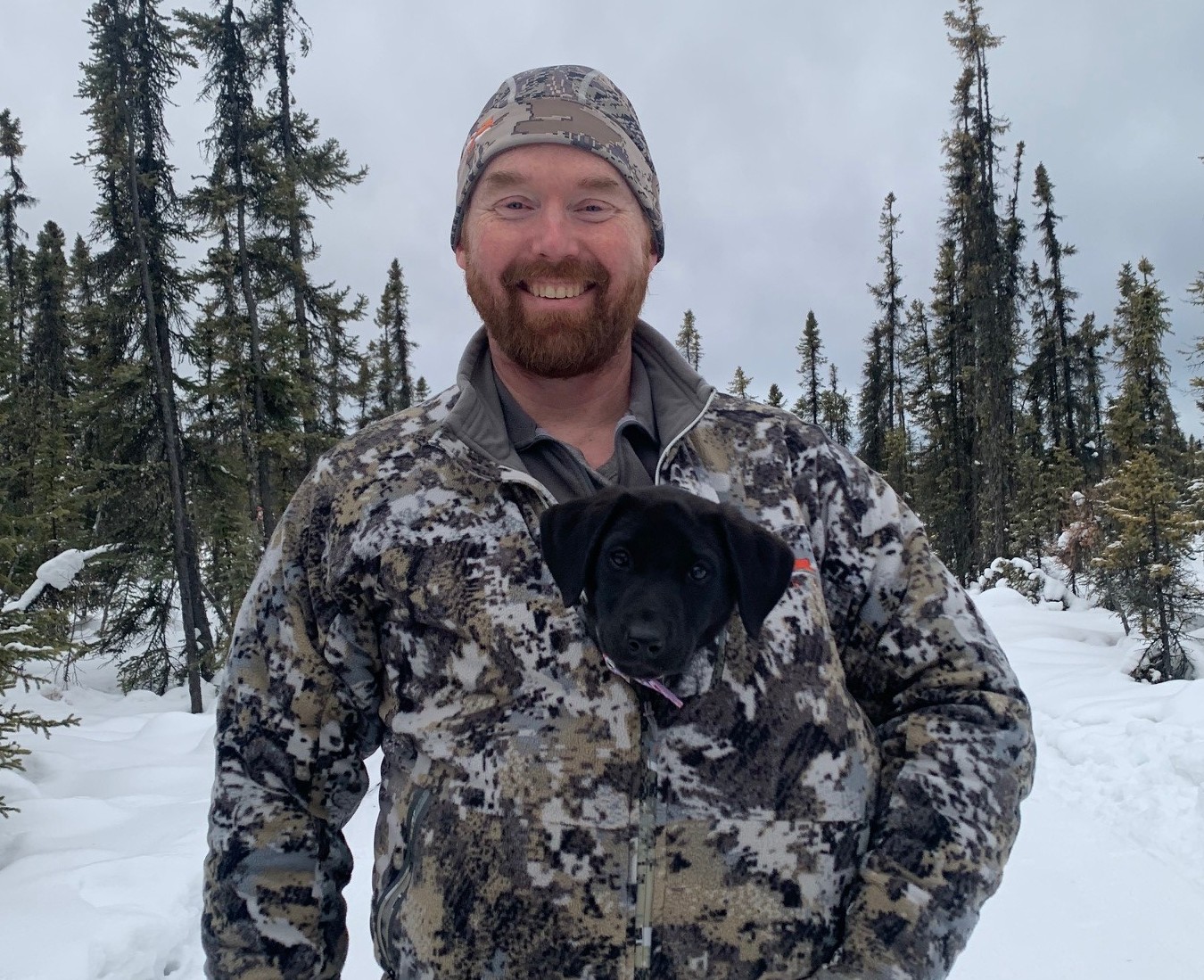



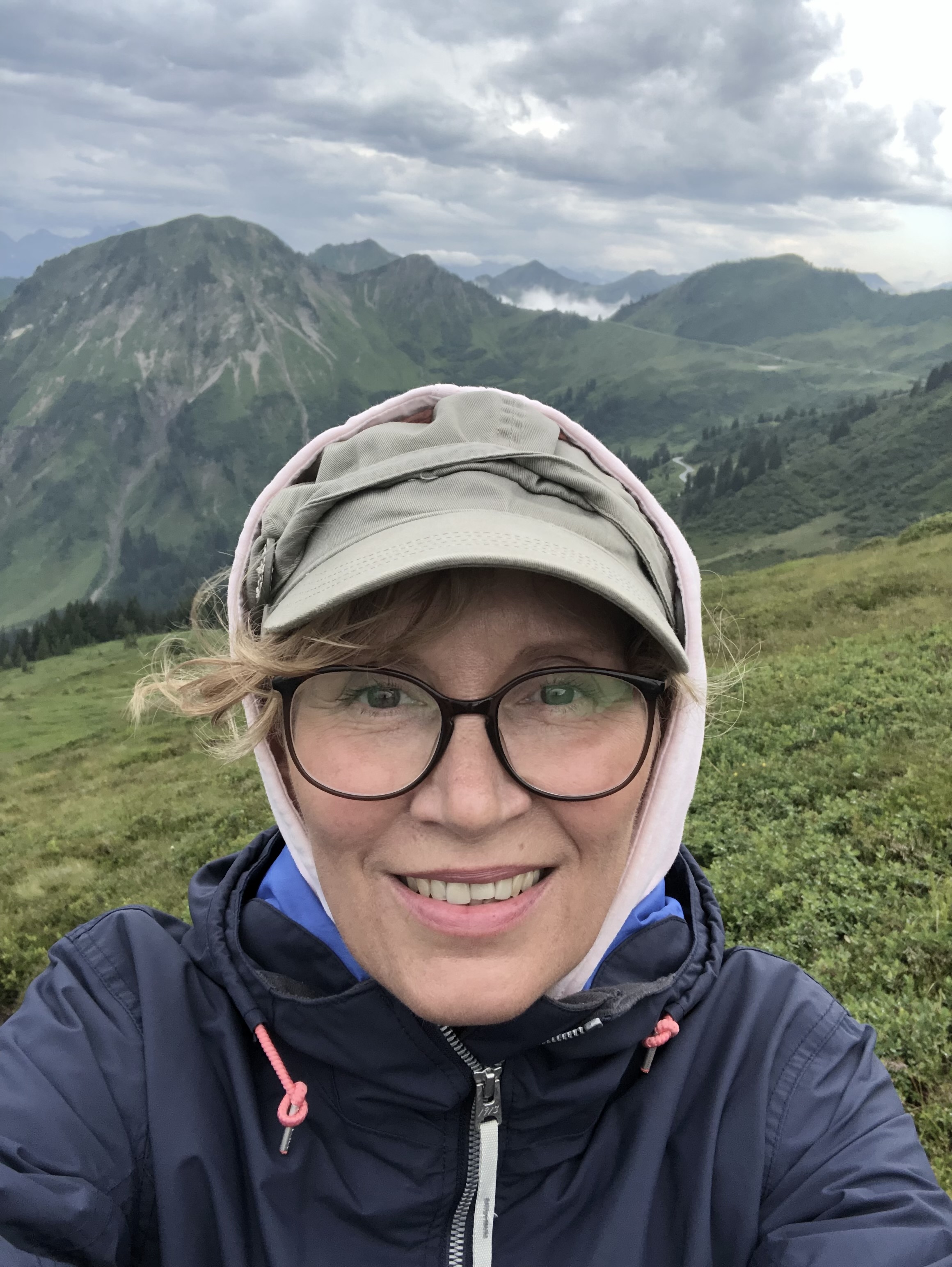

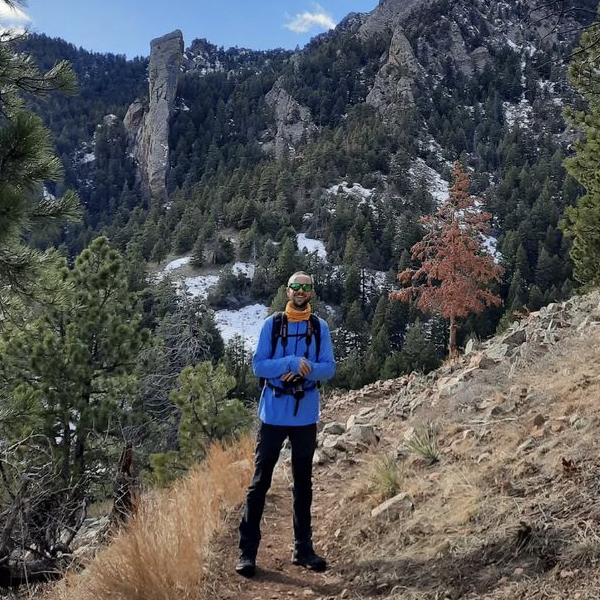
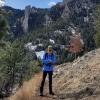


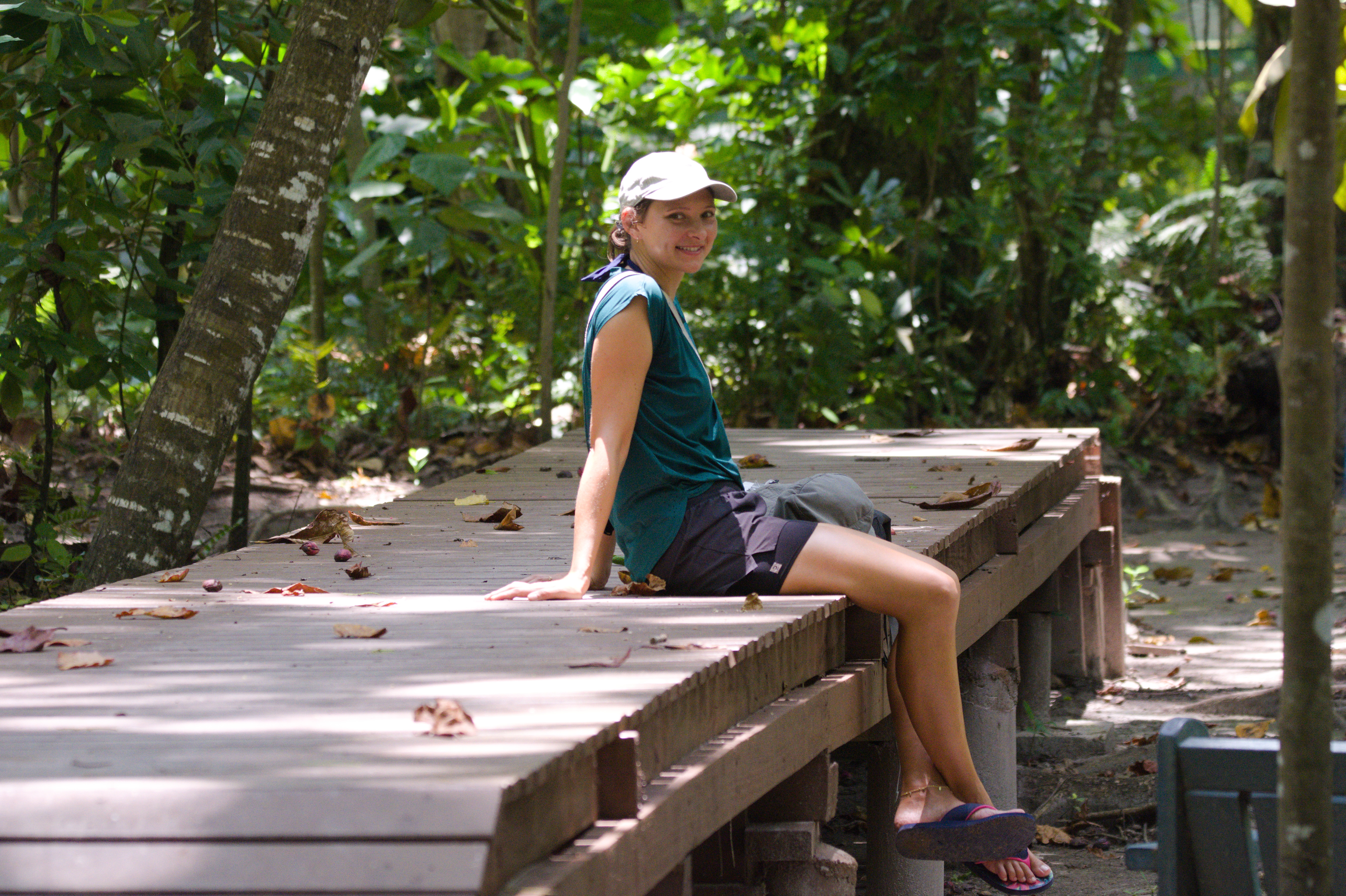











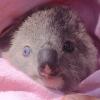
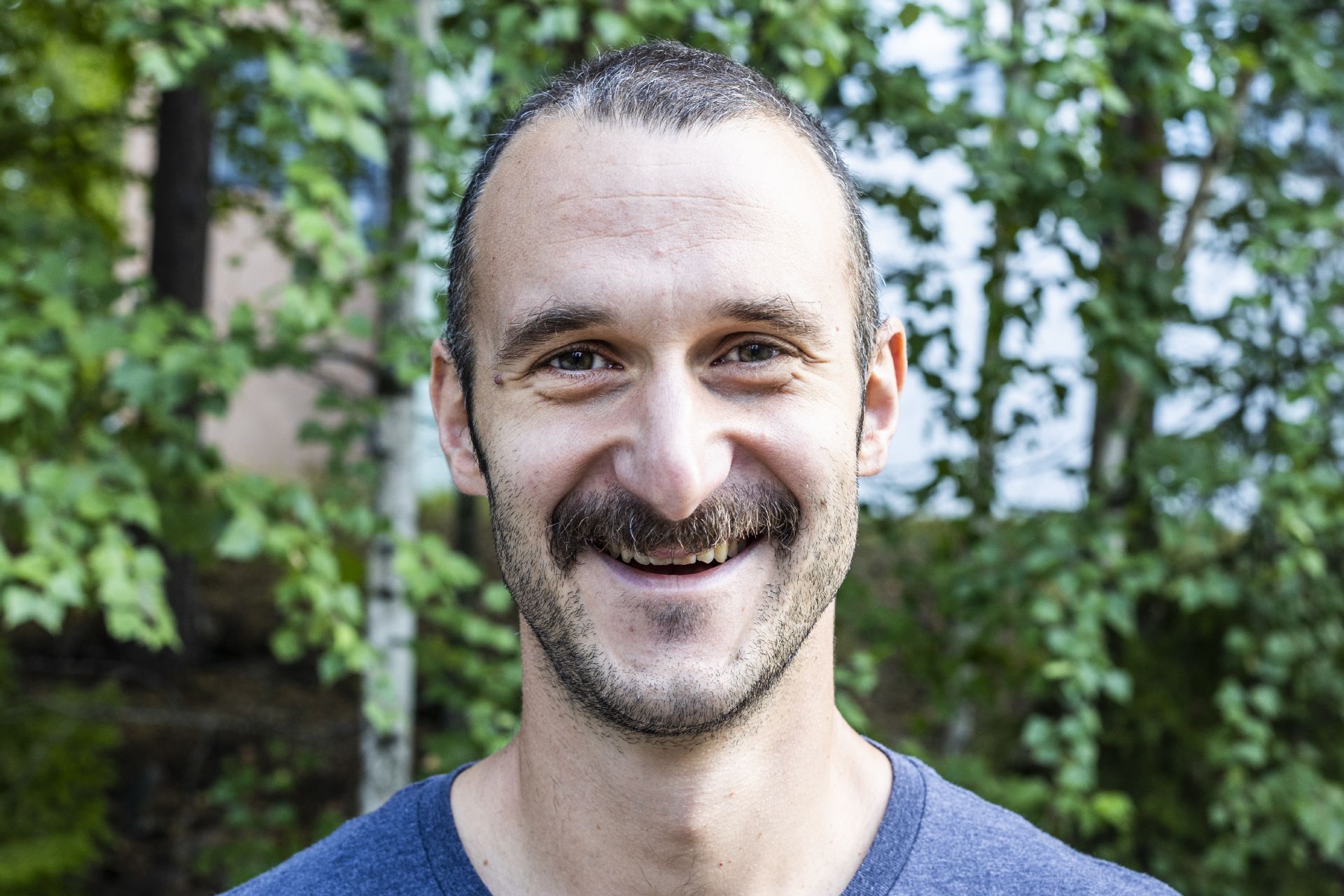

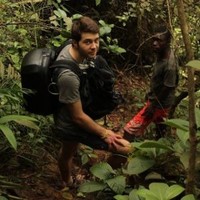


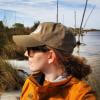






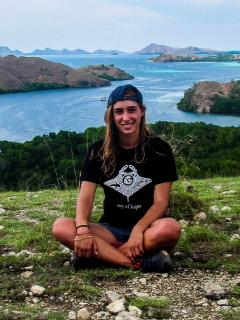

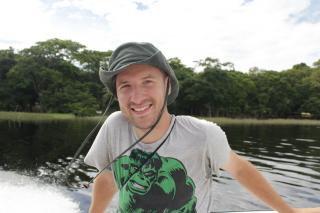
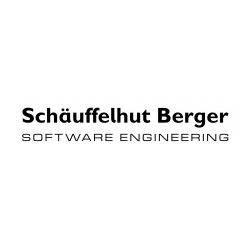













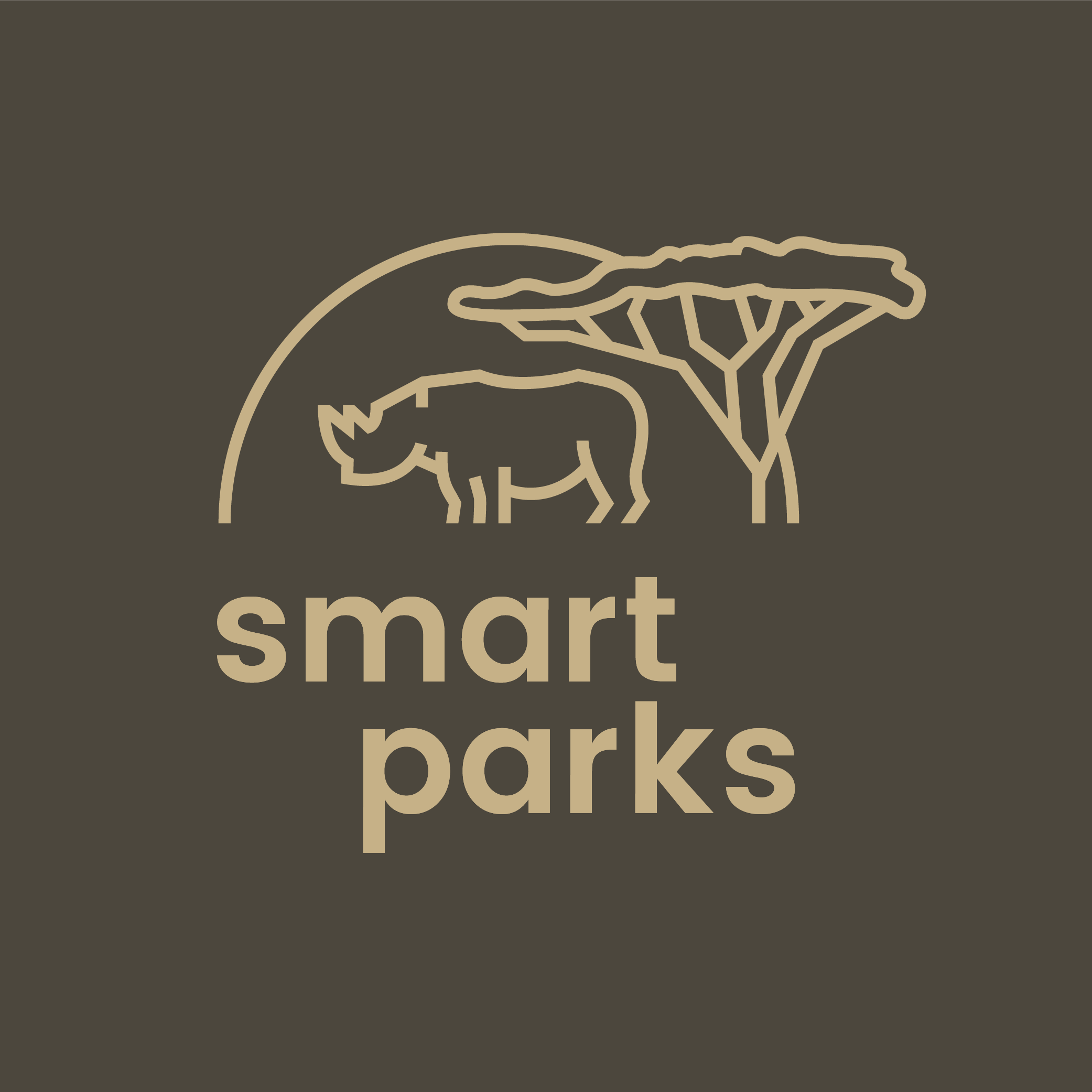





15 January 2021 3:01pm
Hi Dennis,
I actually work in the graduate career center at my university (my fellowship is doing that rather than teaching) and this is what we specialize in! I too am a PhD student moving out of academia after the PhD. Many of our office's online resources are applicable to any PhD student, not just those at the CUNY (City University of New York) Graduate Center. Check it out: cuny.is/careerplan. I'm also happy to chat or answer any questions. The Wildlabs 'Resources' page is a great place to look for internship opportunities! I would also highly recommend getting a Twitter if you don't already have one, and utilizing that. There are a bunch of hashtags (#PhDchat, #altac, etc.) that may be helpful to watch for, and then you can also follow org's so you can see when they post opportunities.
Hope this helps!
All the best,
Carly